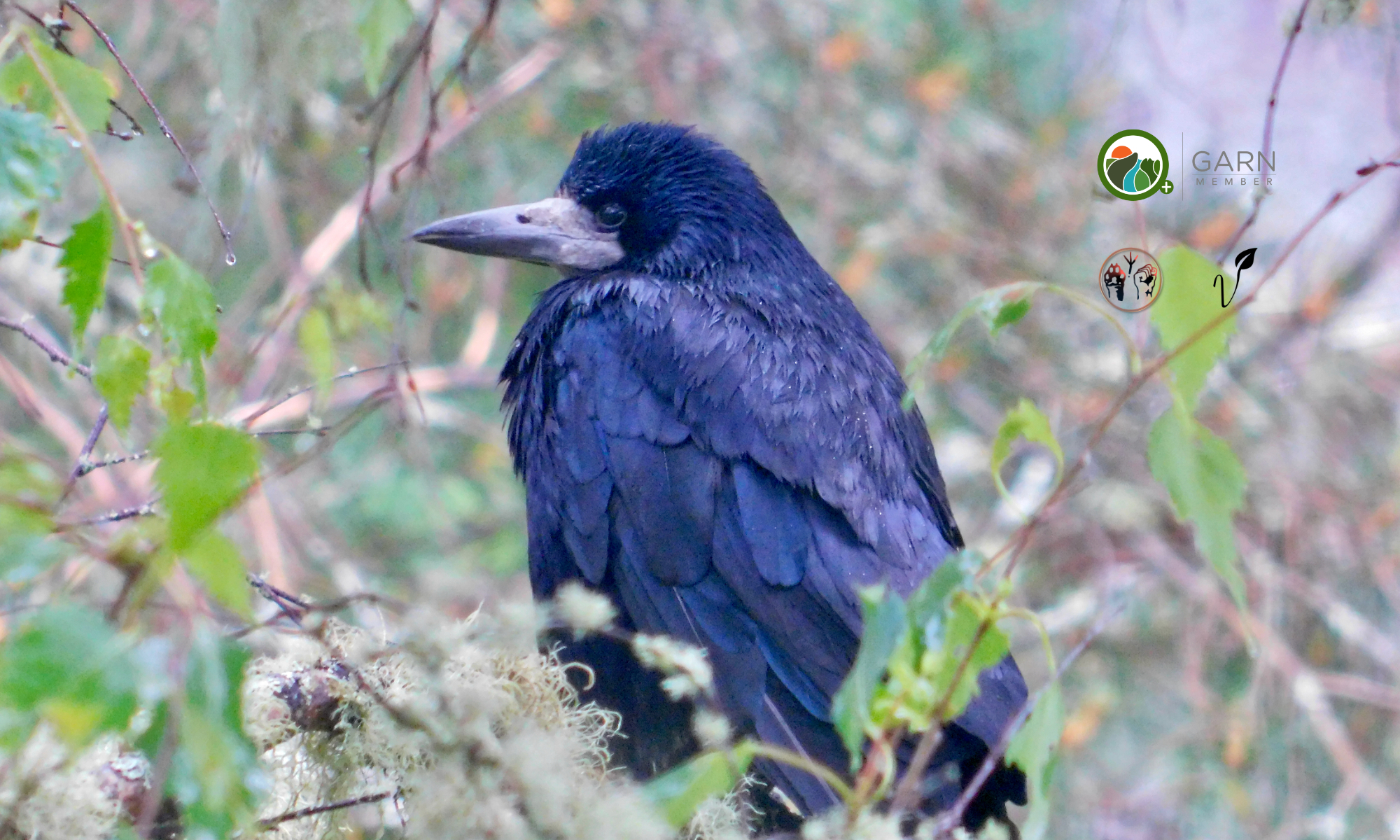Yesterday, we closed our release aviary doors, bringing this years’ carrion crow and rook release saison to an end. At the end of September we opened the aviary doors for 17 crows and rooks to be soft released. Out of these 17 release candidates, 15 birds, consisting of 11 carrion crows and four rooks, have been successfully soft released. Two birds decided to stay and will get another release chance offered next year. These two birds will join a group of birds in our communal aviary already being earmarked for release in autumn 2018. Out of these 15 released birds, we released three birds, who stayed with us since 2015, three birds, who came to us in 2016, and nine birds, who have been admitted in 2017.
Soft release is a release technique, which involves continuing care for animals at the release site, particularly back-up feeding, and requires a greater commitment of time and effort than a hard release does. Soft release is particularly important for hand reared animals, especially of species which need to learn about their surroundings and need to learn survival skills such as foraging and hunting. It is also appropriate for older immature or adult birds, who have been maintained in captivity for prolonged periods, or are being released at a site distant from their original location, as the original location might not be suitable.
Some of the released birds have joined straightaway our local mixed rook and jackdaw as well as non-territory holding carrion crow flock, which they already got to know very well during their stay with us. Both flocks are frequent visitors to our premises, a fortunate situation, which allows direct interaction and communication between wild birds, patients and residents. Over the past weeks some of the released birds decided to come back into the safety of the release aviary to roost, whilst others came back only to get some extra snacks. Many of them stayed in the near vicinity for longer periods of time. After becoming more and more confident, which is a learning process lasting anything between several days and many weeks, we could observe these birds, when they followed the local flocks flying further and further away from the release site, to participate in daytime activities and to eventually join the night roost.
Although the aviary doors are closed now, backup feeding and shelter will still be provided throughout autumn and winter. Most of the released birds are now staying away completely, or at least for longer periods of time. Some of them are still coming back to visit their old comrades or to enjoy some food, which we will continue to provide.
When checking out the picture gallery, you will find a short summary underneath every picture telling you a little bit about the individual stories of these fascinating birds.
If you like the work we do, then please consider supporting Corvid Isle, as we are completely self founded. Please check out our support page and donate. Thank you very much in advance!

















